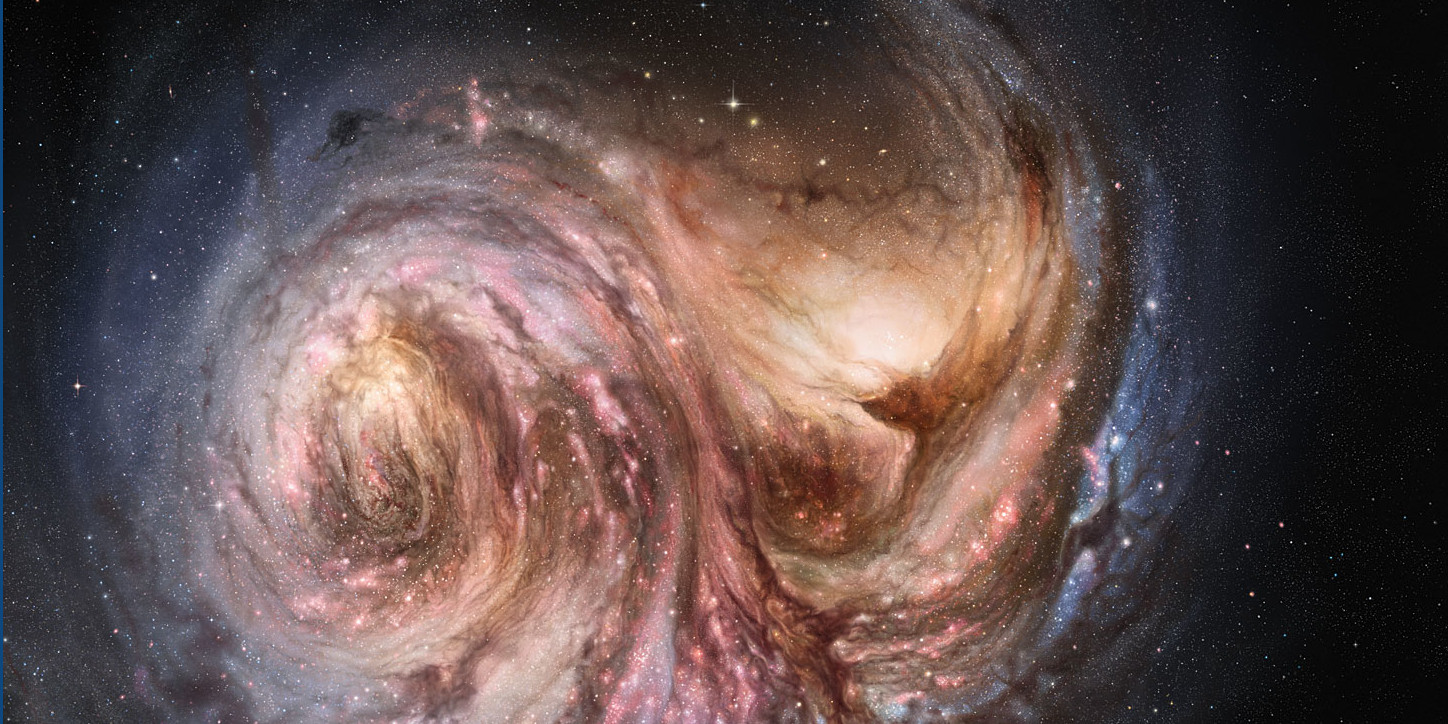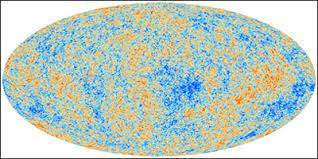Research
Galaxy Formation

Within Extragalactic Astronomy the study of formation and evolution of galaxies is at its golden age because of the dramatic results achieved by leading-age ground-based and terrestial telescopes and the immense progress obtained by numerical models. We now have information on the kinematics, dynamics, chemical, etc., properties of galaxies and their environmets at different stages of the evolution of the Universe. These results allow us to contrain theoretical models in more detail through the performance of numerical experiments.
Numerical simulations are a powerful tool to study the formation and evolution of the structure within a cosmological framework since they allow the description the evolution of the density mass fluctuations in the linear and non-linear regimes. In particular, the gravitational evolution of the matter can be followed at a high degree of resolution at different scales. The study of the luminous matter is more complicated since it involves processes such as heating, cooling, star formation, etc. which are difficult to be introduced in numerical models within a cosmological context. Smooth Particle Hydrodynamics (SPH) has resulted in a convenient and useful technique to tackle the evolution of baryons.
Currently, we are involved in different projects related to the formation and evolution of the structure in the Universe by using Hydrodynamical cosmological simulations based on the SPH technique.
Feedback at the Cosmic Dawn

The nature and properties of the first generations of stars, and their influence in the evolution of galaxies, is one of the fundamental research topics in extragalactic astrophysics. According to the standard cosmological framework, the origin of these stars was possible due to the decoupling of matter and radiation, and the formation of hydrogen atoms while the Universe expanded and cooled. These transitions allowed the hydrogen gas to collapse into dark matter halos assembled by the action of gravity. In these halos, atomic gas cooled and became dense enough to produce stars, giving rise to the first galaxies. This epoch, lasting up to the first billion years from the Big Bang, is known as the Cosmic Dawn.
The injection of energy and matter into the interstellar and intergalactic media, driven by stellar evolution and usually known as feedback, changes their chemical, thermodynamical, and ionization states. Changes in the state of the interstellar medium affects the formation of new stars and their properties. The star formation rate, gas and stellar mass, chemical abundances and therefore the subsequent evolution of galaxies, are modified by stellar feedback. Energy deposited into the intergalactic medium drives the heating and ionization of the latter, changing the original neutral gas into a fully ionized plasma at the end of the Cosmic Dawn.
Past investigations have shown that the main contribution to feedback comes from single massive stars, through the intense ultraviolet radiation and fast winds emitted during their lives, the kinetic and thermal energy deposited when they explode as supernovae, and the chemically enriched matter that these explosions disperse. However, contributions from other sources such as X-ray binaries or microquasars deserve further exploration. These sources emit high-energy electromagnetic radiation, cosmic rays, and produce powerful winds and relativistic jets. The energy injected by them may rival the dominant ones during some epochs, and also affect different regions within or outside galaxies. This would allow them to produce distinctive, yet unexplored, effects.
Cosmology

The Astronomical Data group develops and maintains advanced tools for the astrophysics community, especially ones for building probabilistic models and making precise measurements. It builds these tools by carrying out in-house data analysis projects that answer important scientific questions.